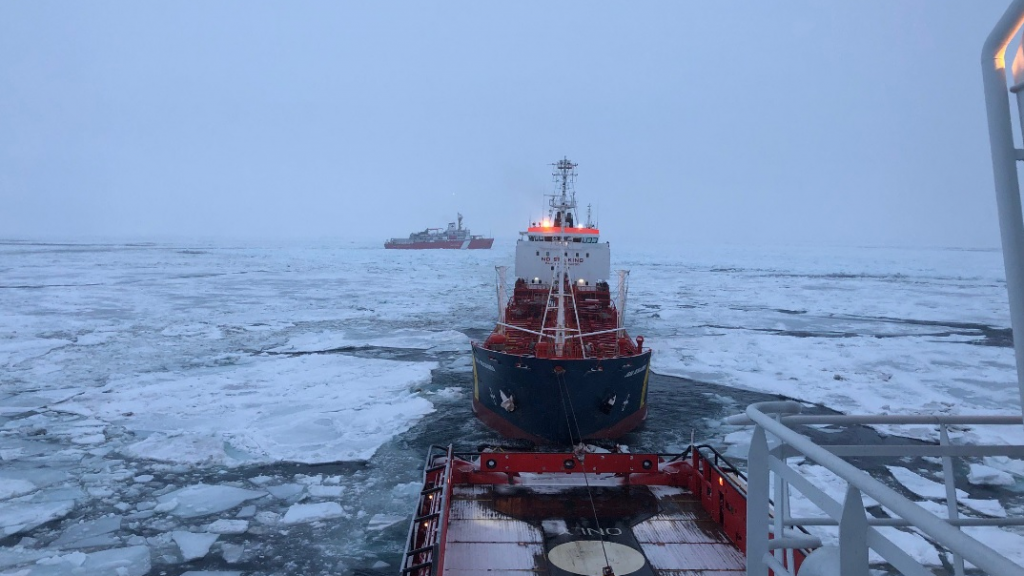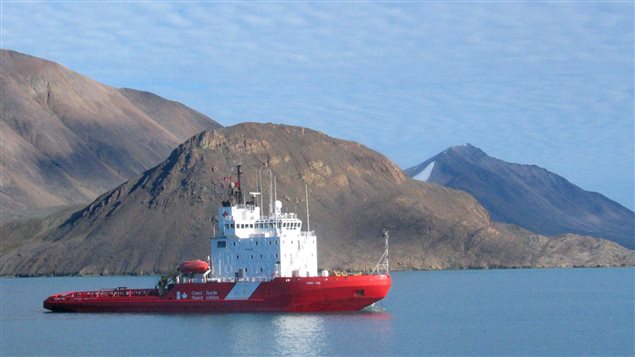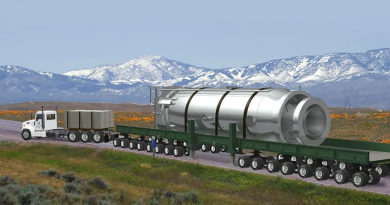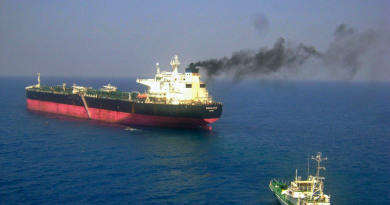Canadian Coast Guard completes 2019 Arctic operational season

With Canada’s northernmost regions plunged into the polar night, the Canadian Coast Guard has completed its 2019 Arctic operational season, officials with Fisheries and Oceans Canada announced Monday.
The heavy Canadian icebreaker CCGS Louis S. St-Laurent was the last vessel to leave icebound northern waters on Nov. 16, 2019, on the way back to its home port of Halifax.
The federal government deployed seven icebreakers in the Arctic this year to provide safe escorts to ships through ice-covered waters, conduct search and rescue operations, and respond to environmental incidents.
This year’s deployment included the latest addition to the Coast Guard’s icebreaking fleet, CCGS Captain Molly Kool, which made its maiden voyage to the northern latitudes.
The Coast Guard’s environmental response programs received, investigated and managed 17 marine incident reports, DFO officials said.
As of Nov. 27, 2019, the Marine Communications and Traffic Services (MCTS) Centre in Iqaluit, Nunavut, provided support for 191 vessels – cargo ships, cruise ships, research vessels, bulk carriers, fishing vessels, pleasure crafts and coast guard ships – sailing in Canada’s Arctic waters.
This year, 27 vessels made full transits through the Northwest Passage, the Coast Guard said.

From the opening of the season in May to the end of November, the Coast Guard icebreakers conducted 51 commercial escorts, carried out five ice reconnaissance missions using helicopters and a commercial harbour breakout, officials said.
Coast Guard icebreakers also conducted 13 community visits in Nunavut and the Northwest Territories (N.W.T.), including to Canada’s northernmost Inuit community of Grise Fiord, as well as to Arctic Bay, and Cambridge Bay, where they delivered over 100 bicycles and helmets as part of the Coast Guard’s partnership with the Polar Bike Project.
The icebreakers also delivered community boats to Cambridge Bay and Gjoa Haven, Nunavut, and Tuktoyaktuk, N.W.T., to enable the local communities to better respond to search and rescue incidents off their coastlines.
In addition, the Arctic Community Engagement and Exercise Team (ACEET) visited 22 communities to discuss the introduction of the Canadian Coast Guard Auxiliary (CCGA) in communities without one, officials said.
The Coast Guard is working with Indigenous and northern residents to expand the CCGA across the Arctic, provide enhanced training, and identify communities interested in participating in the Indigenous Community Boat Volunteer Pilot Program, which provides search and rescue capable boats and other equipment to meet federal standards.
Related stories from around the North:
Canada: Ottawa ‘explores options’ to build Canada’s polar icebreaker, Radio Canada International
China: Details of China’s nuclear-powered icebreaker revealed, The Independent Barents Observer
Finland: Finland’s aging icebreaker fleet needs modernization, Yle News
Norway: Arctic-bound Russian icebreaker gets Norway’s help following engine troubles, The Independent Barents Observer
Russia: Russian icebreaker leaves Tromsø to supply ice-locked German research ship, The Independent Barents Observer
United States: New U.S. icebreaker will focus on Antarctic, says Coast Guard boss, Alaska Public Media



